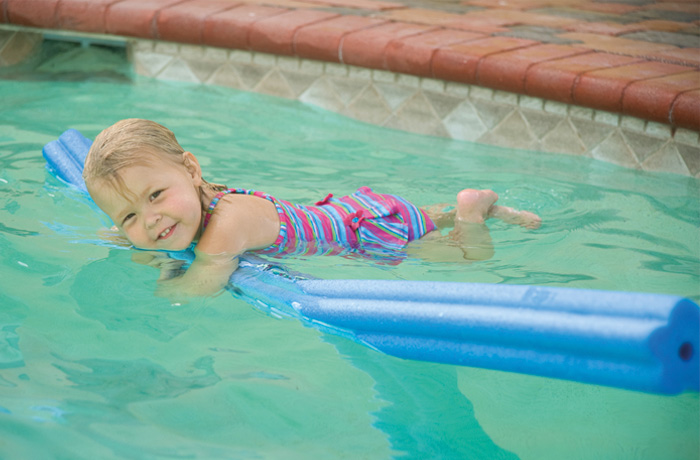What’s the Best Flotation for my Little Swimmer?

Are you planning a trip to the pool this summer? Or perhaps you’re off somewhere sunny and looking to introduce your little one to the water? With a myriad of fantastic products on the market, it can be tricky to decide just which flotation products are the right ones for you, so here is our Swimbabes guide just for you.
Arm Bands / Roll up Arm bands
- A cheap and easy option, but one that might need replacing as they can easily be damaged.
- Hard to get on, and restrictive, especially for younger children.
- You can reduce the amount of air in them, but it can be tricky to judge how much to take out.
Swimming Discs
- An easy to get on, foam version of armbands, which are difficult to damage.
- They allow balanced buoyancy on each side; initially two or three are used on each arm which are then reduced as the child gains confidence.
- Often used by swim schools as can control reducing buoyancy
Back Floats
- A fantastic way of helping the body to get in the correct swimming position, these are much less restrictive than arm flotation.
- These come in a range of different shapes, making them great fun for children. After all who wouldn’t like to have a shark’s fin to help them swim?
- Although some of these only work for a set age/ weight range, others give you the option to reduce the flotation as your child gains confidence.
Woggles
- An excellent way of building skills for both swimmers and non-swimmers; perfect for adults and children alike.
- These are a great way of making learning fun because they can be used in lots of different ways; brilliant for swimming on your front and back, and even for riding on!
- Most woggles are made from foam so really durable, but you can buy inflatable ones which are perfect for holidays.
Floatsuit / Jacket
- Perfect for children who are nervous and prefer not to be low in the water
- Offer a more structured flotation aid for reducing flotation with double rows of floats as the swimmer progresses.
- Ideal for holidays or days out around water as they are worn and offer a good deal of support
- They do keep the swimmer more upright, so getting the position right will take time and confidence.
All of these devices have strengths and weaknesses. There is no one right or wrong. The one that is right is the one that works for your child at the stage of development they are at.

